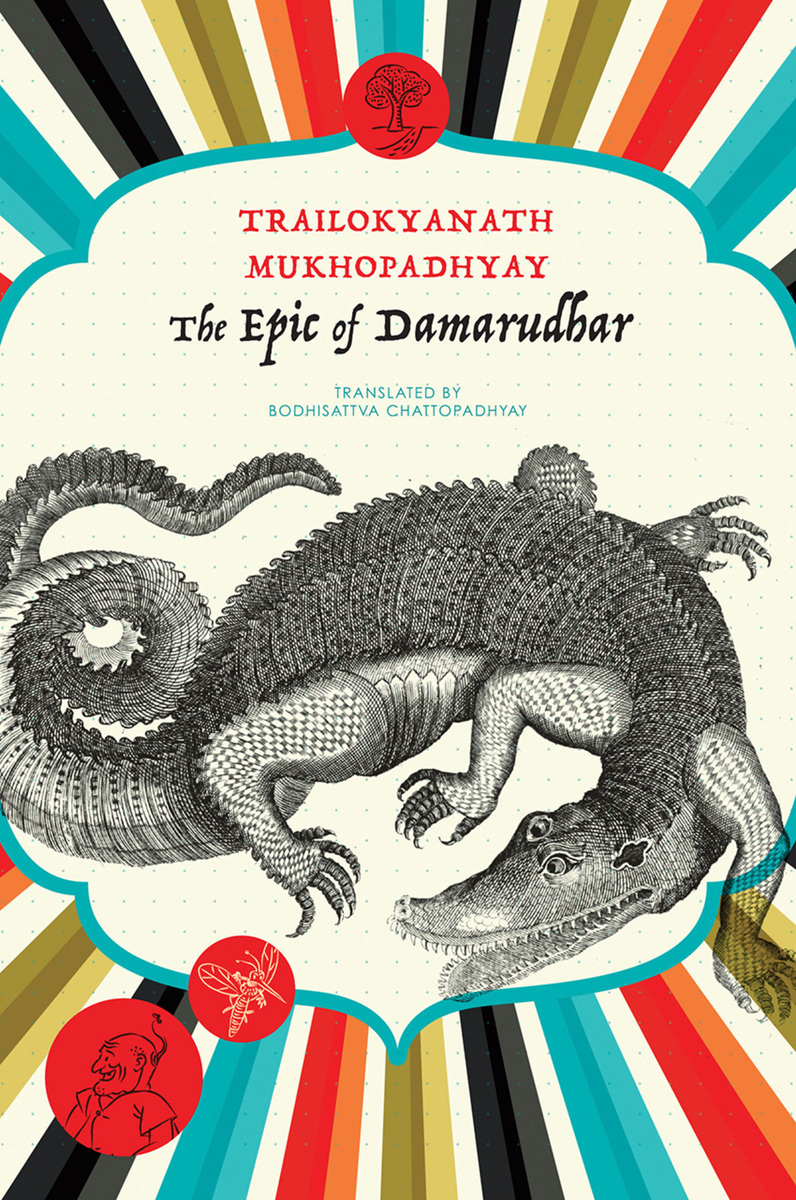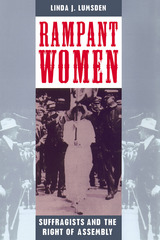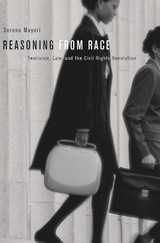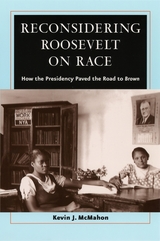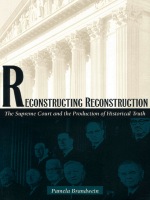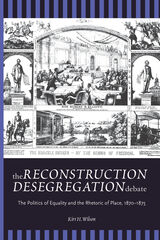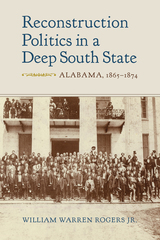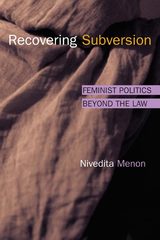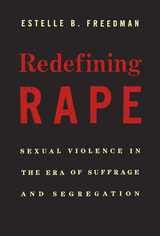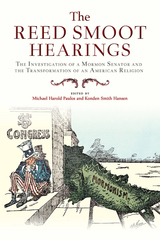The Epic of Damarudhar
Seagull Books, 2020
Cloth: 978-0-85742-745-8 | eISBN: 978-0-85742-768-7
Cloth: 978-0-85742-745-8 | eISBN: 978-0-85742-768-7
ABOUT THIS BOOK | AUTHOR BIOGRAPHY | REVIEWS | TOC
ABOUT THIS BOOK
Originally published between 1910 and 1917, and collected in book form in 1923, The Epic of Damarudhar story cycle occupies an important and unique position in the history of Bengali literature. Tackling cosmology and mythology, class and caste abuse, nativist demagoguery and the harsh reality of rural poverty, all by means of unrelentingly fierce black comedy, Trailokyanath Mukhopadhyay’s cycle of seven stories featuring the raconteur Damarudhar remains prescient social commentary to this day.
With its generic fusion of tall tales, science, myth, politics, and the absurd, the work also announces the emergence of the genre of modern fantasy in Bengal. A detailed introduction, bibliography, and extensive annotation bring to life the context for these stories, highlighting key intertexts, political nuances, and important mythological references. This volume also contains the first translation of a rare biographical piece on the author, which includes long autobiographical parts written by Trailokyanath himself. Carefully translated and thoroughly researched, this volume will introduce a trenchant Indian voice to the English-language readership.
With its generic fusion of tall tales, science, myth, politics, and the absurd, the work also announces the emergence of the genre of modern fantasy in Bengal. A detailed introduction, bibliography, and extensive annotation bring to life the context for these stories, highlighting key intertexts, political nuances, and important mythological references. This volume also contains the first translation of a rare biographical piece on the author, which includes long autobiographical parts written by Trailokyanath himself. Carefully translated and thoroughly researched, this volume will introduce a trenchant Indian voice to the English-language readership.
